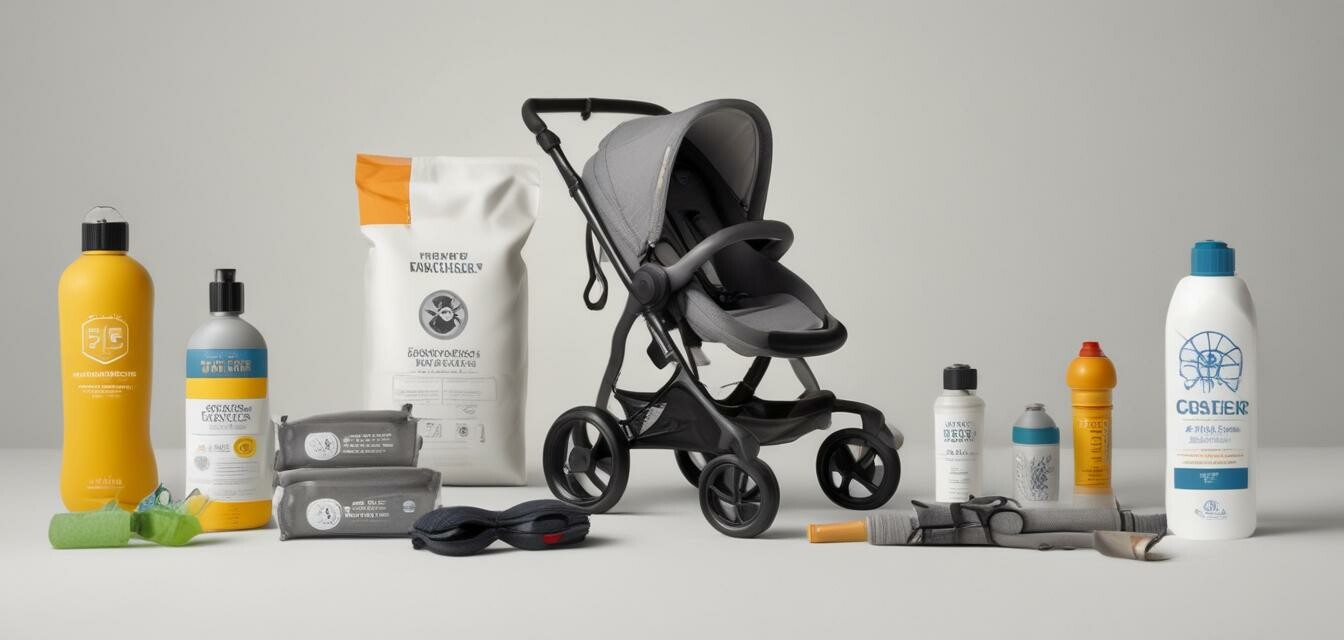
Best Practices for Stroller Maintenance
Key Takeaways
- Regular maintenance is essential for safety and longevity.
- Cleaning fabrics and components helps prevent wear and tear.
- Lubricating moving parts reduces friction and ensures smooth operation.
- Periodic inspections help catch any issues early.
- Follow manufacturer guidelines for best results.
When it comes to parenting, having a reliable stroller is a must. Adopting best practices for stroller maintenance not only prolongs its life but also ensures the safety of your child while on the move. In this article, we will delve into essential tips on keeping your stroller in excellent condition. From regular cleanings to safety checks, let’s explore how to maintain your stroller effectively.
Why Stroller Maintenance Matters
Strollers are a significant investment for parents, and like any other equipment, they require regular upkeep to function safely and efficiently. Here are several reasons why stroller maintenance should be a priority:
- Safety: A well-maintained stroller prevents malfunctions that may pose risks to your child.
- Longevity: Regular maintenance extends the life of your stroller, saving you money in the long run.
- Comfort: Keeping the stroller clean and functional provides a better experience for both the parent and child.
Essential Stroller Maintenance Tips
- Regular Cleaning: Make it a habit to clean your stroller after every use. Wipe down the frame, remove any debris from the wheels, and wash the fabric as needed.
- Inspect for Damage: Regularly check for signs of wear and tear, such as frayed fabric or cracked plastic. Address any issues immediately to avoid further damage.
- Lubricate Moving Parts: Keep the stroller running smoothly by lubricating the wheels and hinges with appropriate lubricants. This can prevent squeaking and ensure easier steering.
- Check Safety Features: Ensure harnesses and brakes are functioning correctly. Regularly test the brakes to ensure they engage promptly.
- Store Properly: When not in use, store your stroller in a dry, cool place to avoid damage from heat or moisture.
Cleaning Your Stroller
Cleaning your stroller involves more than just wiping down surfaces. Here’s a detailed guide:
Tips for Cleaning Fabrics and Components
- Remove fabric covers whenever possible and wash them according to the care instructions.
- Use a soft brush or a vacuum cleaner for dirt and debris on the frame and wheels.
- For stubborn stains, a mild soap solution can be effective. Rinse thoroughly to avoid residue.
- Let all components dry completely before reassembling to prevent mold and odors.
Safety Checks
Conducting regular safety checks can keep you aware of any potential problems. Follow these steps:
- Test the brakes each time before use. They should engage easily and effectively.
- Inspect harness straps for damage or fraying.
- Make sure the frame does not have any loose bolts or screws.
Stroller Maintenance Schedule
Creating a maintenance schedule can help keep everything on track. Here’s a simple table to guide your maintenance:
| Maintenance Task | Frequency |
|---|---|
| Clean fabric components | Every 1-2 weeks |
| Inspect for damage | Monthly |
| Lubricate moving parts | Every 3-6 months |
| Check safety features | Before each use |
Conclusion
By implementing these best practices for stroller maintenance, you can ensure that your stroller remains safe, functional, and comfortable for your child. Regular cleaning, inspections, and proper storage all contribute to a positive stroller experience.
Additional Resources
For more tips on stroller types and features, check out our articles on buying guides and news and trends. You can also find great tips on convertible strollers and jogging strollers to help in your selection process.
Pros
- Increased safety for your child.
- Longer lifespan of the stroller.
- Comfortable and enjoyable experience for both parent and child.
Cons
- Regular maintenance can be time-consuming.
- Some cleaning products may not be suitable for all stroller types.